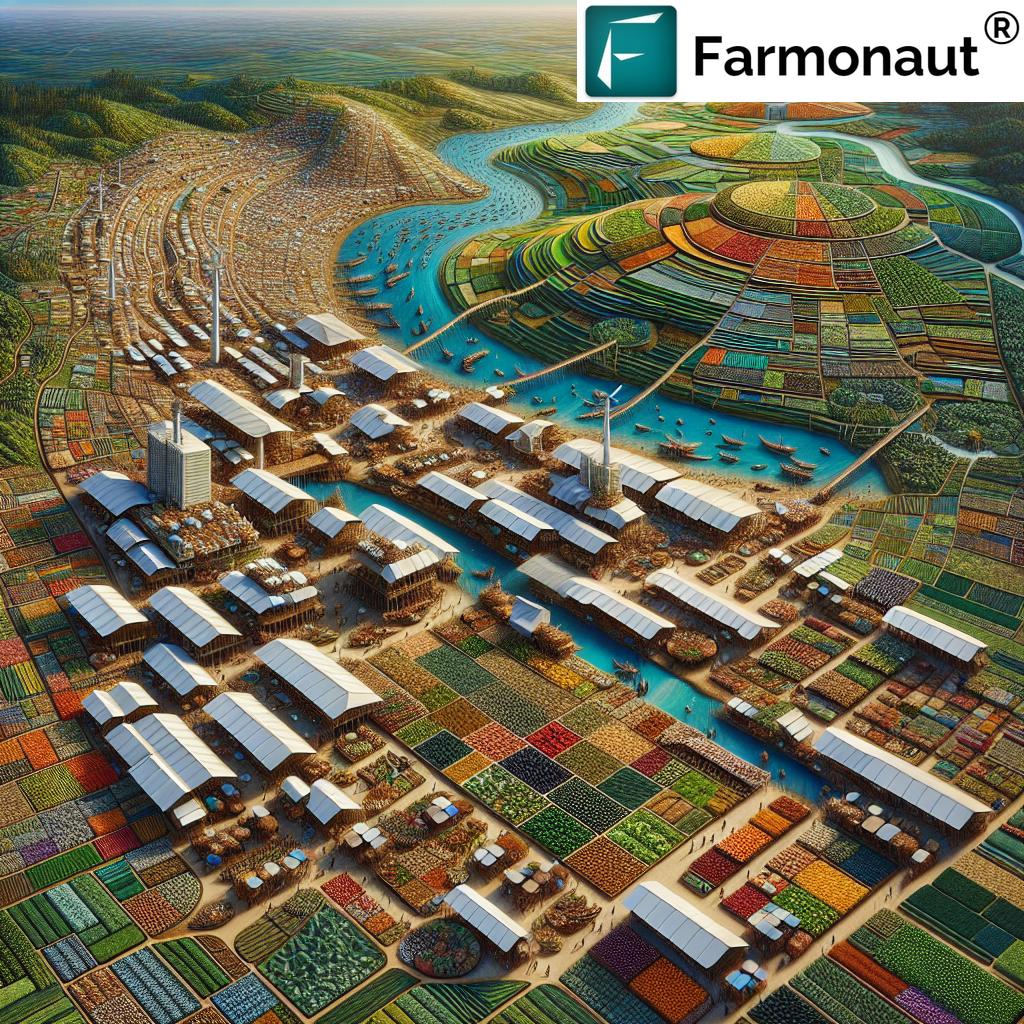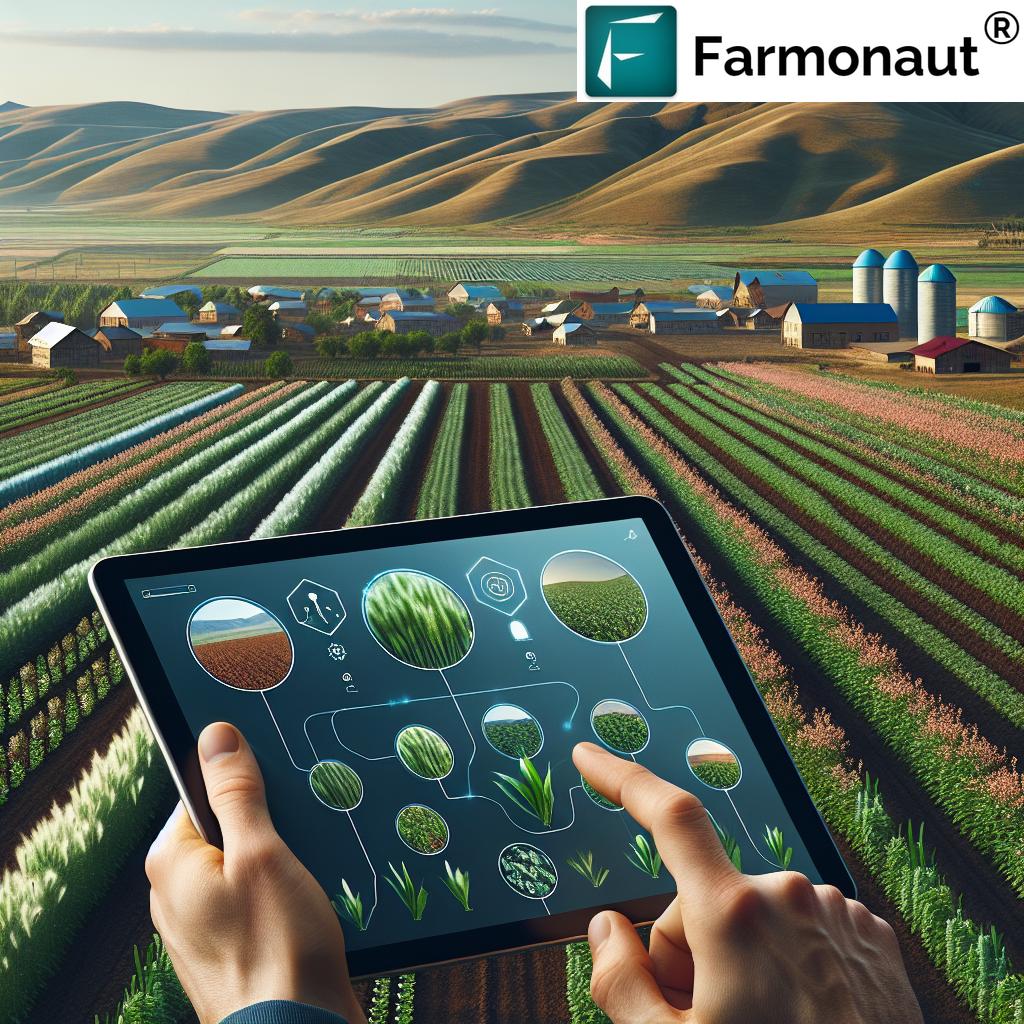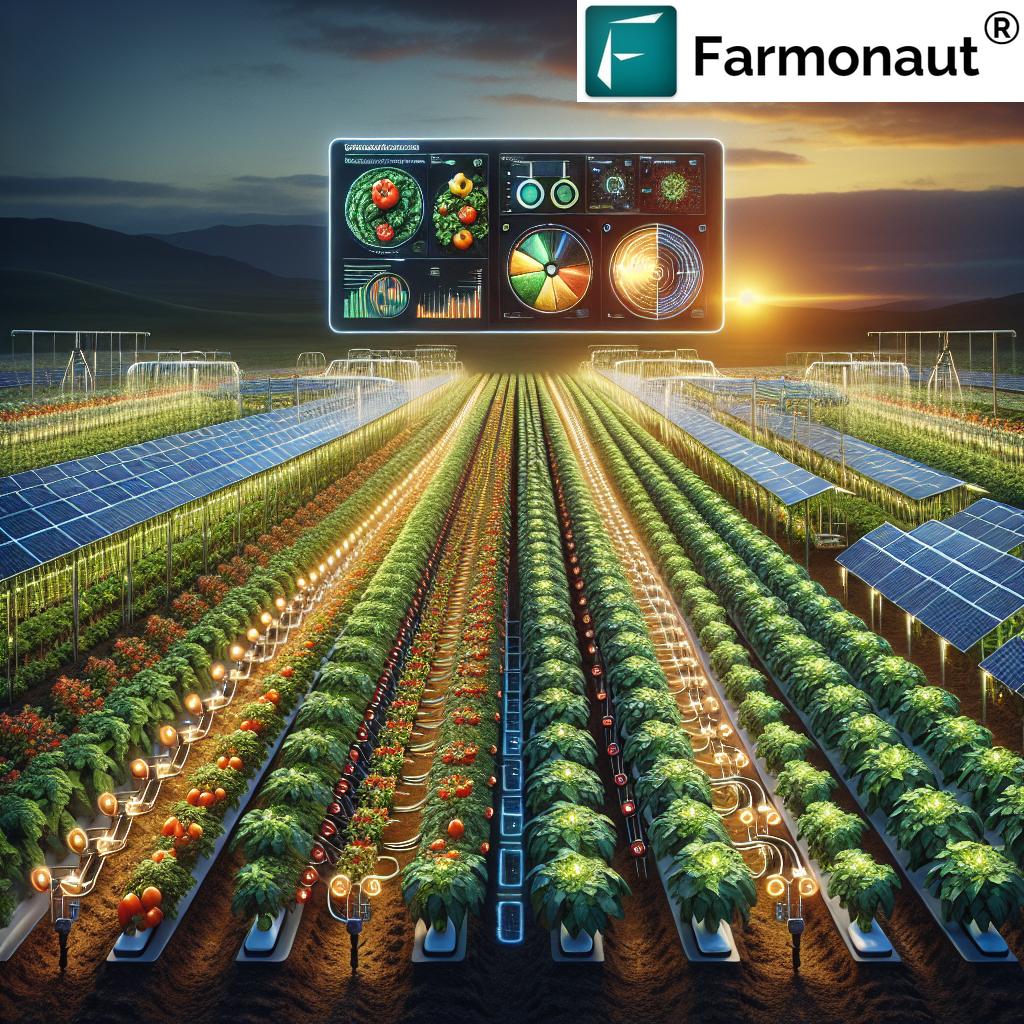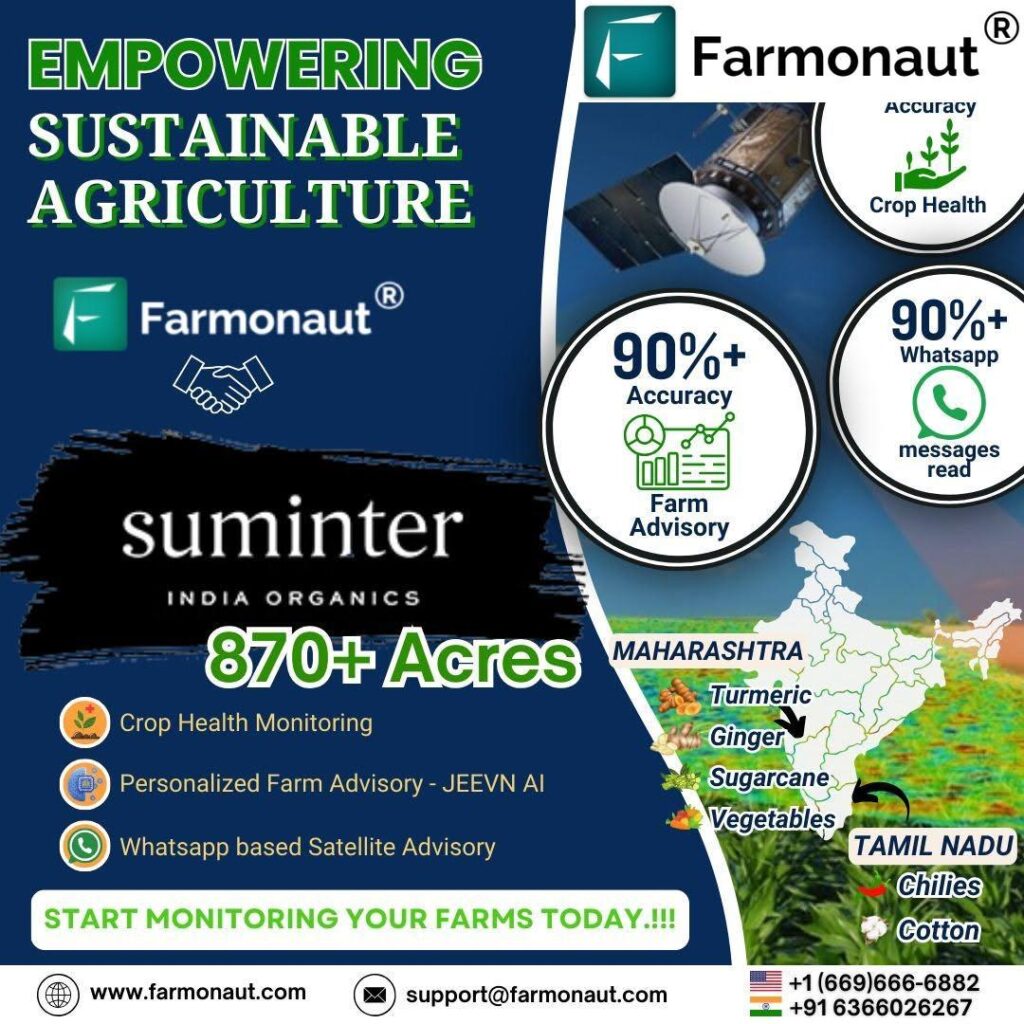Asia’s $40B Agriculture Funding Boosts Sustainable Food Security
Introduction: The Surge in Agriculture Financing in Asia
The agriculture sector in Asia is undergoing a transformative moment. As countries across the region grapple with surging food prices, environmental degradation, and climate change, the Asian Development Bank (ADB) has put forth a significant boost in agriculture financing. At its 58th Annual Meeting held in Milan, Italy, the ADB announced an expansion of its financial commitment for food and nutrition security in Asia and the Pacific—raising funding to an unprecedented $40 billion by 2030, up from an average of $14 billion between 2022-2025.
This expanded fund responds to an urgent need. We see millions forced to choose between putting food on the table and meeting other essentials like transportation. It’s not just a matter of economics—the entire agricultural production system faces mounting threats from climate change while also employing a staggering 40% of the regional workforce. How this investment is managed will shape the lives of 270 million people, create millions of jobs, and drive the modernization of food value chains across Asia.
In this in-depth analysis, we explore the impact of this historic agriculture financing wave in Asia—from the challenges of food security and biodiversity loss, to the opportunities in digital transformation, job creation, and sustainable rural development. We also provide insights into next-generation technology solutions, including Farmonaut’s innovative offerings for sustainable agricultural development.
Understanding Food Security in the Pacific Region
When we talk about food security in the Pacific region, we are addressing a complex issue affected by food availability, affordability, distribution, and nutrition. Developing countries across Asia and the Pacific face unique hurdles—ranging from high poverty ratios to vulnerability to natural disasters such as floods and droughts.
Recent statistics highlight the problem’s scale:
- More than half of the world’s undernourished people reside in developing Asia.
- Biodiversity loss in agriculture is rapid—food systems are the leading driver, with 80% of biodiversity loss linked to food production.
- Food systems employ 40% of the region’s workforce and account for 70% of global water use, 50% of all habitable land.
These pressures reinforce why agriculture financing in Asia is so crucial: it provides the capital necessary to revamp supply chains, safeguard vulnerable households, and ensure affordable, nutritious food for all.
Key Drivers of Sustainable Agricultural Development
Sustainable agricultural development is at the heart of this $40B funding increase, aiming to transition from resource-depleting methods to environmentally conscious approaches. Our efforts are guided by several core drivers:
- Climate-Smart Production: Shifting towards methods resilient to climate change and food production pressures such as floods, droughts, and temperature volatility.
- Value Chain Modernization: Investing in agricultural value chain modernization ensures food is grown, processed, distributed, and consumed with reduced waste and emissions.
- Protection of Biodiversity: Implementing practices that limit environmental impact and support the recovery of threatened ecosystems.
- Technological Innovation: Adoption of carbon footprint reduction tools and digital solutions makes operations smarter and more traceable.
- Financial & Policy Support: New funds, such as the $150M Natural Capital Fund, are designed to catalyze innovation in agricultural projects requiring both loan and grant-based investment.
These levers empower us to drive meaningful change across Asia’s food systems, supporting farmers, agribusinesses, and local governments.
Tackling the Biggest Challenges in Food Systems
Food systems across the Asia-Pacific region face multi-layered challenges:
- High Food Prices: Surging prices force millions of households—especially vulnerable groups—to make hard choices between food and other essentials like transportation.
- Cost of Nutrition: For instance, in the Philippines, food accounts for over 34% of the consumer price index (CPI) for all income brackets and a staggering 51% for the bottom 30%, underscoring the pressure on the poorest.
- Environmental Damage: Traditional agricultural practices deplete the environment, causing land and water loss, and threatening biodiversity.
- Malnutrition: Poor diets remain stubbornly high despite increased production, signaling the need for better value chains and distribution systems.
If we are to alleviate hunger, rebuild diets, and protect our planet, systemic transformation in the way we produce food is non-negotiable.
To combat these, next-level digital and data-driven solutions—like those from Farmonaut—play a critical role. Farmonaut’s web and mobile platforms deliver blockchain-powered product traceability, carbon footprint tracking, and large-scale farm management capabilities, directly empowering smallholders and agribusinesses.
Impacts of Droughts and Floods on Agriculture
The impacts of droughts and floods on agriculture are intensifying due to erratic weather patterns exacerbated by climate change. Southeast Asian nations, including the Philippines, face some of the highest global exposure to these extremes:
- Crop Loss: Flooded or drought-stricken fields can lead to total loss of crops, threatening income for millions of farmers.
- Supply Chain Disruptions: Extreme events affect transport links, making it harder to move goods and raise prices.
- Biodiversity Depletion: Loss of pollinators and native plants reduces farm resilience and long-term productivity.
- Job Loss: Changes in rural landscapes and repeated crop failures push women and youth out of agricultural jobs.
Adaptation strategies must include rapid response financing, crop diversification, and monitoring. Platforms like Farmonaut allow for satellite-based assessment of flooded or drought-affected fields, helping governments and financial institutions swiftly grant loans and insurance to affected farmers, reducing delays and fraud—a game changer during disasters.
Nutrition, Food Price Index, and Household CPI Impact
The intertwined nature of nutrition and food price index is acutely visible in economies like the Philippines:
- For all income households, food comprises one-third (34.78%) of their Consumer Price Index (CPI). In the poorest 30%, it exceeds half (51.38%).
- Transportation follows, but at a much smaller margin (around 9% of household spending).
As food prices rise, nutrition quality declines because families opt for calorie-dense but low-nutrient foods. This spiral leads to long-term health impacts and reinforces intergenerational poverty.
Through agriculture financing in Asia, governments can expand microloan programs, distribute targeted subsidies, and incentivize the production of diverse, healthy foods. On a broader scale, improved analytics and traceability—core to Farmonaut’s services—help policymakers identify intervention points and evaluate program outcomes, further stabilizing consumer nutrition.
Rural Livelihoods and Job Creation in Asian Agriculture
The agriculture sector employs over 40% of the regional workforce. In the Philippines alone, agriculture accounts for one out of every four jobs—with 12.3 million Filipinos engaged in farming. Across Asia, the ripple effect is enormous:
- Investments drive mechanization, supply chain development, and agribusiness expansion, each supporting rural job creation.
- Expanded rural infrastructure improves access to markets and information, lifting the income of smallholders.
- Financing new enterprises (such as fleet management operations using Farmonaut’s logistics monitoring) further boosts efficiency, safety, and employment opportunities.
By sustaining jobs, strengthening rural livelihoods, and promoting investment in innovation, Asia’s agricultural transformation is set to reach even the most vulnerable communities.
Protecting Biodiversity as We Modernize Agricultural Value Chains
Modernizing the agricultural value chain is not purely about efficiency. The loss of biodiversity in agriculture directly undermines soil fertility, pest resistance, and overall ecosystem health. Our funding and policy efforts must focus on reversing negative trends:
- Incorporating nature-based solutions and conservation measures in project designs.
- Supporting restoration of degraded land and aquatic ecosystems.
- Investing in crop diversity, soil health monitoring, and carbon footprinting tools.
- Ensuring the sustainability of supply chains through transparent traceability systems.
For lasting impact, we must strike a balance between bold economic development and responsible stewardship of nature.
The Role of Investment in Digital Agriculture Systems
The $40B in agriculture financing in Asia supports the rapid deployment of digital agriculture systems:
- Real-Time Crop Health Monitoring: Satellites and AI (as offered by Farmonaut) help farmers optimize fertilizer use, irrigation, and pest management—raising yields and efficiency.
- Blockchain-Driven Traceability: Innovations like Farmonaut’s solution provide verifiable tracking from “farm-to-fork,” deterring fraud and boosting consumer trust.
- Resource Management & Sustainability: Carbon footprint tracking enables agribusinesses to comply with evolving global sustainability norms.
- Climate Analytics: Weather data and advisory systems improve real-time decision-making for plantings and harvest, lessening the risk of climate shocks.
- API Integration: Farmonaut’s API makes it easy to embed these data streams into third-party software, enabling seamless integration for researchers, financial institutions, and corporate clients. Full technical documentation is available at API Developer Docs.
Private sector investments—expected to make up more than 27% of the $40B by 2030—are crucial in achieving scale. Digital platforms lower barriers for millions of smallholders to participate in sustainable, modern agriculture.
Comparative Impact Table: Agriculture Financing in Key Countries
To illustrate how $40B in agriculture financing is projected to reshape Asia, we present a country-level comparison. This data demystifies expected outcomes in food production, jobs, emissions, and biodiversity from India to Vietnam.
| Country | Estimated Agriculture Funding (USD Billions) | Projected Increase in Sustainable Food Production (%) | Potential Job Creation (Thousands) | Estimated Emissions Reduction (%) | Expected Biodiversity Improvement |
|---|---|---|---|---|---|
| India | $12.0 | 18% | 3500 | 14% | High |
| China | $10.5 | 15% | 3700 | 12% | Medium |
| Indonesia | $6.8 | 21% | 1500 | 16% | High |
| Vietnam | $3.7 | 17% | 800 | 13% | Medium |
| Philippines | $2.4 | 20% | 600 | 18% | High |
Values are indicative and based on ADB estimates and expected programmatic impacts up to 2030. “High” biodiversity denotes significant restoration and protection actions included in country projects.
Advanced Technologies: Farmonaut’s Role in Sustainable Food Systems
Efforts to modernize agricultural systems and build food security are only as effective as the technology supporting them. Farmonaut is a leader in this space, providing:
- Satellite-Based Crop Monitoring: Enables precise, field-level insights into vegetation health, soil moisture, and environmental stressors without expensive ground hardware.
- AI and Advisory Services: Farmonaut’s Jeevn AI system gives farmers predictive analytics, custom advice, and weather forecasts, boosting productivity and risk management.
- Blockchain-Based Traceability: Enhances supply chain integrity for food and other agricultural products through transparent, tamper-proof data records.
- Resource and Fleet Optimization: Advanced tools for fleet management and input allocation help control costs and reduce wastage—critical for large agribusinesses and smallholders alike.
- Carbon Footprinting: Monitor & reduce greenhouse emissions at the farm and supply chain level to support global and local sustainability regulations.
- API Access: For developers and institutions, the publicly available Farmonaut API and developer docs enable easy integration of weather, crop, and analytics data into downstream applications.
Farmonaut stands out for democratizing precision agriculture—enabling both individual farmers and government agencies to act on reliable, real-time data via affordable, subscription-based models.
Farmonaut Solutions & Subscriptions
To further accelerate sustainability and maximize the impact of new investments, Farmonaut offers flexible, scalable solutions addressing all segments of the agriculture sector:
- Individual Farmers: Affordable, satellite-driven crop tracking ensures farmers get timely alerts and optimize spending on water, fertilizer, and pest control.
- Agribusinesses: Streamlined fleet management solutions and traceability strengthen compliance and reduce inefficiencies in large operations.
- Government and NGOs: Policy makers use Farmonaut’s yield estimation, crop area mapping, and monitoring modules to direct loans, subsidies, and disaster response efficiently.
- Financial Institutions: Satellite-based verification for crop loans and insurance increases transparency, reduces fraud, and facilitates easier, fairer credit access for those most in need.
- Corporate & Consumer Brands: Blockchain-based product traceability from Farmonaut ensures end-to-end transparency in the food value chain, supporting reputable, sustainable brands.
- Large and Small Farm Management: Comprehensive supply chain and plantation oversight via the Agro Admin App maximizes scale and impact of digital transformation efforts.
Want to get started or integrate these cutting-edge solutions into your own program or business? Click, subscribe, and take advantage of next-gen tech for your farm or organization.
FAQs: Agriculture Funding & Sustainability in Asia
What is the primary focus of the $40B agriculture financing in Asia?
The $40B is dedicated to enhancing sustainable agricultural development, modernizing value chains, protecting biodiversity, and boosting food and nutrition security across the Asia-Pacific region. It aims to create jobs, uplift rural communities, and adapt food systems to climate risks.
How will this funding help address food security in the Pacific region?
Through direct government financing, private investments, digital innovation, and value chain upgrades, millions more people will gain access to affordable, nutritious, and safely produced food, while rural job creation and environmental protection are prioritized.
How does climate change impact agriculture in Asia?
Climate change causes unpredictable floods, droughts, and extreme temperatures, severely disrupting food production and risking income for farmers and rural communities. Mitigation strategies include digital monitoring, climate-resilient crops, and rapid-response investment tools.
What is Farmonaut and how does it contribute to sustainable agriculture?
Farmonaut is an agricultural technology company providing satellite-based real-time farm monitoring, AI-powered advisory, product traceability, fleet/resource management, and carbon footprinting. Its solutions help reduce input waste, increase yields, support sustainability, and ensure food system transparency.
Can Farmonaut’s tools be integrated with other digital agriculture systems?
Absolutely. Farmonaut offers robust APIs for easy data integration with external applications, research tools, and industry-scale management software, accelerating the adoption of cutting-edge digital agriculture practices.
Conclusion: Building Food Security for the Future
Securing the future of food security in the Pacific region relies on sustained, data-driven, and environmentally conscious actions. With a bold $40B in agriculture financing in Asia, sweeping reforms are now possible—spanning value chain modernization, job creation, sustainable production, and radical reduction of biodiversity loss.
Technology innovators like Farmonaut play a vital role, making precision agriculture accessible at all scales, efficiently verifying loans and insurance, and enabling transparency through digital tools.
As we reimagine the nature of agricultural development, our collaborative efforts will support the most vulnerable, safeguard our environment, and ensure the region’s future prosperity—one innovation, one policy, and one investment at a time.
Together, let us champion a new era of agriculture—one where technology, capital, and policy converge to build sustainable food systems for today and generations to come.






















